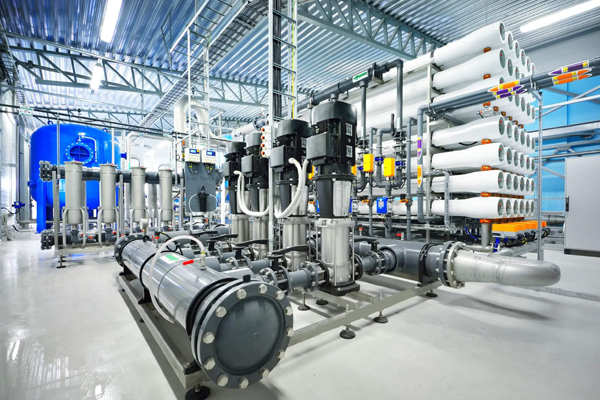Water Treatment Plant
Public drinking water systems use different water treatment methods to provide safe drinking water for their communities. Public water systems often use a series of water treatment steps that include coagulation, flocculation, sedimentation, filtration, and disinfection.
Water treatment steps
Coagulation
Coagulation is often the first step in water treatment. During coagulation, chemicals with a positive charge are added to the water. The positive charge neutralizes the negative charge of dirt and other dissolved particles in the water. When this occurs, the particles bind with the chemicals to form slightly larger particles. Common chemicals used in this step include specific types of salts, aluminum, or iron.
Flocculation
Flocculation follows the coagulation step. Flocculation is the gentle mixing of the water to form larger, heavier particles called flocs. Often, water treatment plants will add additional chemicals during this step to help the flocs form.
Sedimentation
Sedimentation is one of the steps water treatment plants use to separate out solids from the water. During sedimentation, flocs settle to the bottom of the water because they are heavier than water.
Filtration
Once the flocs have settled to the bottom of the water, the clear water on top is filtered to separate additional solids from the water. During filtration, the clear water passes through filters that have different pore sizes and are made of different materials (such as sand, gravel, and charcoal). These filters remove dissolved particles and germs, such as dust, chemicals, parasites, bacteria, and viruses. Activated carbon filters also remove any bad odors.
Water treatment plants can use a process called ultrafiltration in addition to or instead of traditional filtration. During ultrafiltration, the water goes through a filter membrane with very small pores. This filter only lets through water and other small molecules (such as salts and tiny, charged molecules).






